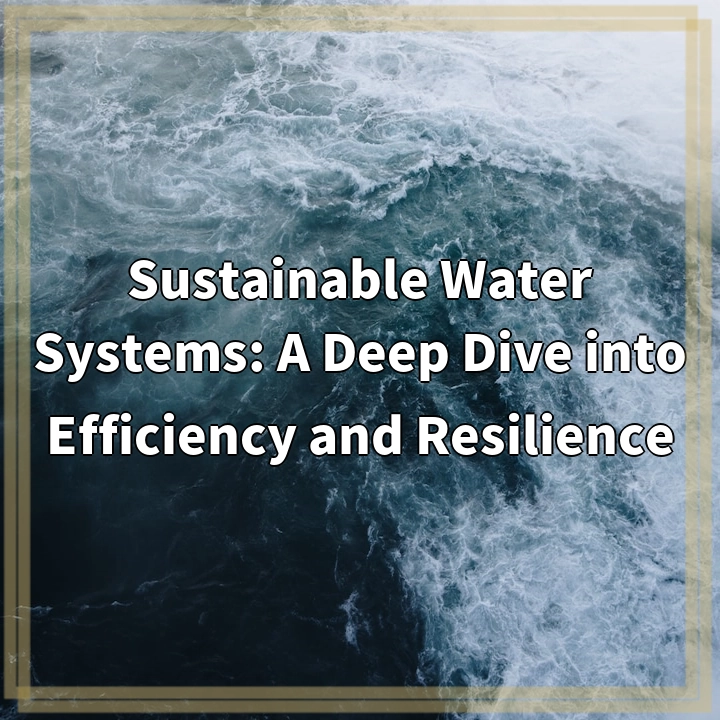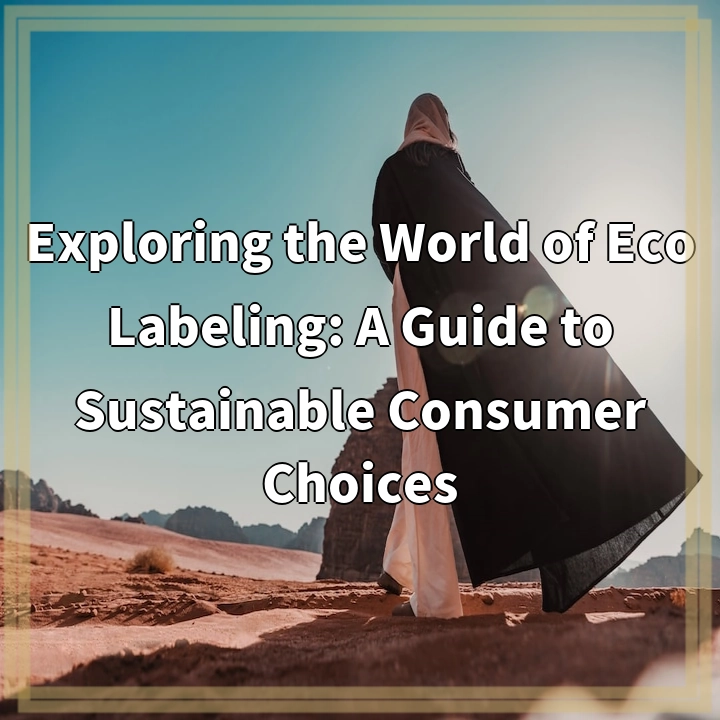
What it is:
Green Innovations in Professional Photography: The Path to Sustainability listechnya Edition refers to the growing movement within the photography industry to adopt more environmentally friendly practices and technologies. As sustainability has become an increasingly important global issue, photographers are finding innovative ways to minimize their carbon footprint, reduce waste, and promote eco-conscious values through their work.
Real-World Problems:
While professional photography offers countless opportunities for creativity and self-expression, it is not without its environmental challenges. Here are some of the key issues that photographers face in terms of sustainability:
1. Energy Consumption:
Photography often requires the use of energy-intensive equipment such as cameras, studio lighting, and editing software. This heavy reliance on energy sources contributes to carbon emissions and fossil fuel consumption, contributing to climate change.
2. Chemical Waste:
Traditional photography processes involve the use of chemicals such as film developers and fixers. Improper disposal of these chemicals can harm ecosystems and contaminate water sources. Additionally, the production and disposal of single-use film and print materials generate significant waste.
3. Resource Depletion:
Photography relies on various consumables including paper, ink cartridges, and packaging materials. Unsustainable production and disposal practices contribute to deforestation, water pollution, and depletion of natural resources.
4. Tangled Electronics:
With the rise of digital photography, the industry has seen an increase in electronic waste from discarded camera bodies, lenses, and other accessories. E-waste poses a significant environmental threat as it releases harmful substances into the soil and water systems if not disposed of properly.
5. Transport Emissions:
Photographers often need to travel for location shoots, events, and assignments. This transport generates carbon emissions, contributing to air pollution and exacerbating climate change.

Solutions for Green Innovations in Professional Photography: The Path to Sustainability listechnya Edition
1. Energy-Efficient Equipment and Practices:
Photographers can opt for energy-efficient camera gear and studio lighting that help reduce energy consumption. Additionally, adopting sustainable practices such as using natural light whenever possible, turning off equipment when not in use, and choosing renewable energy sources can significantly minimize the carbon footprint of photography.
2. Eco-Friendly Chemical Alternatives:
Photographers can explore alternative processes and chemicals that are less harmful to the environment. Switching to digital photography eliminates the need for chemical film processing, and using eco-friendly development techniques and non-toxic inks reduces chemical waste. Proper disposal and recycling of hazardous materials are also essential.
3. Sustainable Material Choices:
Photographers can embrace sustainable and ethical materials for printing, packaging, and other photography-related products. This includes using recycled paper, soy-based inks, biodegradable packaging, and choosing suppliers with eco-friendly practices. Minimizing physical print materials and embracing digital portfolios can also reduce resource consumption and waste.
4. Responsible E-Waste Management:
Photographers should prioritize proper disposal and recycling of electronic equipment. Partnering with e-waste recycling facilities and donating usable gear to educational institutions or non-profit organizations can help reduce the negative environmental impact of electronic waste. Choosing high-quality, durable equipment and regularly maintaining it can also extend the lifespan of photography gear.
5. Sustainable Travel and Transportation:
Photographers can lower their carbon footprint by adopting sustainable transportation methods whenever possible. Carpooling, using public transport, or opting for greener modes of transportation like bicycles or electric vehicles can reduce emissions. Additionally, planning shoots efficiently to minimize travel distances and utilizing remote shooting techniques can also contribute to sustainability.















